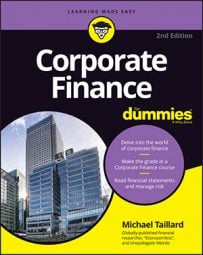A buyout occurs when one corporation buys a controlling share of stock in another. A buyout is very similar to a partial acquisition. Some argue there’s no difference, which isn’t surprising because the difference is subtle at best.
Note that the primary difference between a buyout and other forms of M&A (mergers and acquisitions) is that a controlling share of stock is used, rather than a stock swap, purchase of other forms of equity, or other possibilities of acquisition. So, in a buyout, a controlling share of stock is purchased.
Another subtle nuance occurs when that controlling share is purchased by borrowing more money or by having an IPO. When a company raises additional money for the sole purpose of controlling another company, it’s called a leveraged buyout.
The use of the buyout is popular among venture capitalists and investors. It is a favorite method of Berkshire Hathaway and many others for gaining control and expanding one’s operations very quickly without intention of ever integrating those additional operations.
A buyout is sort of an arm’s-length approach, where the purchased corporation is expected to maintain a high degree of the autonomy it always had, but the purchasing entity intends to take advantage of the increased reach or earnings generated after the buyout.

